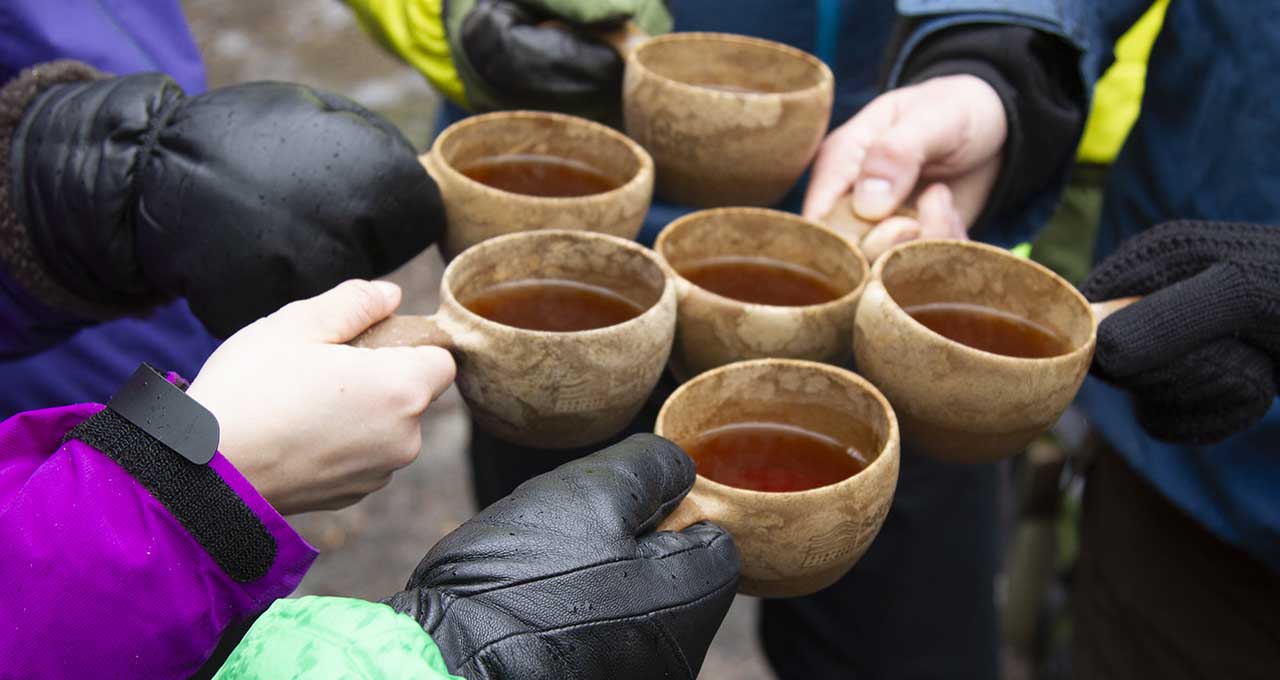Promoting sustainable tourism with Geoparks
The project will increase the attractiveness of rural tourism services at national level by diversifying services and creating cooperation and operational models that will help improve the quality, visibility and cost-effectiveness of services. It aims to strengthen the attraction and retention of geotourism as a new form of tourism, in line with the interests of responsible tourism, which responds to changes in the tourism market and the new demand created by the interest rate pandemic.
The project will develop content related to geoparks and geotourism in Finland, expand geopark cooperation networks and create new business models that will expand business opportunities for companies involved in nature tourism. The main focus will be on developing domestic cooperation, but the project will also provide a good basis for future international cooperation in tourism development.
The project is managed by LAB University of Applied Sciences. The co-organisers are Kraatterijärvi Geopark, Lauhanvuori-Hämeenkangas Geopark, Rokua Geopark, Saimaa Geopark and Salpausselkä Geopark.
Finnish Geoparks on the World Map
Geoparks are a network of geo-heritage sites recognised by UNESCO as geologically unique. The sites are linked by their special scientific importance, rarity or beauty. There are currently four Geoparks in Finland: Salpausselkä Geopark, Rokua Geopark, Lauhanvuori-Hämeenkangas Geopark and Saimaa Geopark. Soon to join the ranks is Lappajärvi, the result of a meteorite impact, and the surrounding Kraatterijärvi Geopark.
The project will develop geotourism networking, build a common story for the geotourism areas and create common attractive products. It will also create new business opportunities for tourism businesses. The project will strengthen the cooperation and weight of Finland's geo-regions in international networks.
The project partners include key national nature tourism stakeholders such as the Natural Resources Institute Finland, the Geological Survey of Finland, Metsähallitus and Business Finland. The project is funded by the EAFRD through the Häme and South-East Finland Regional Development Centres.
